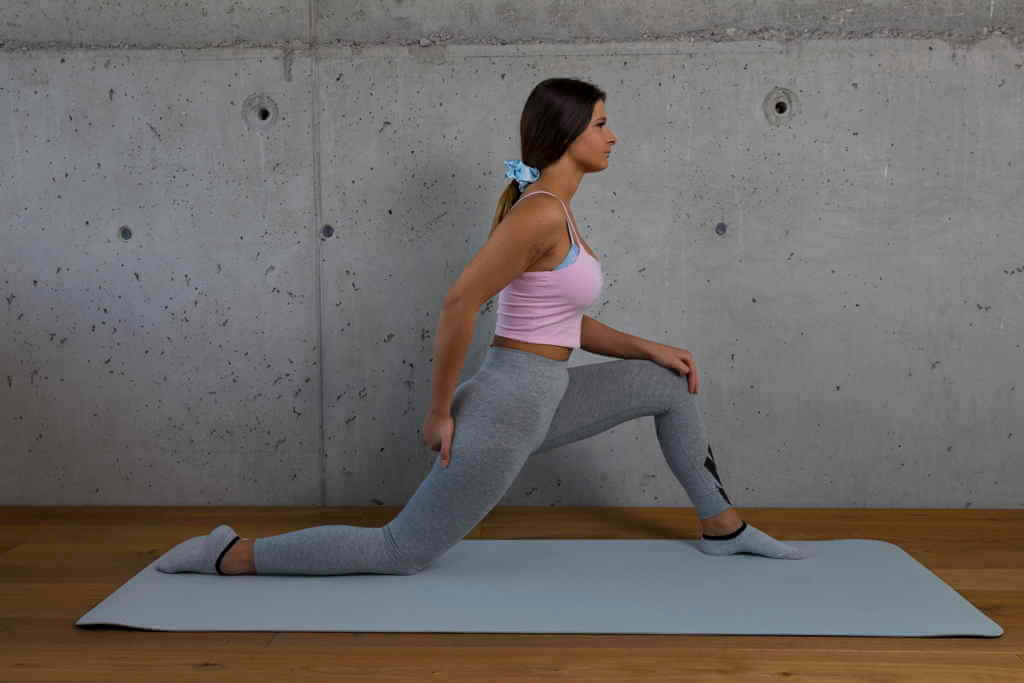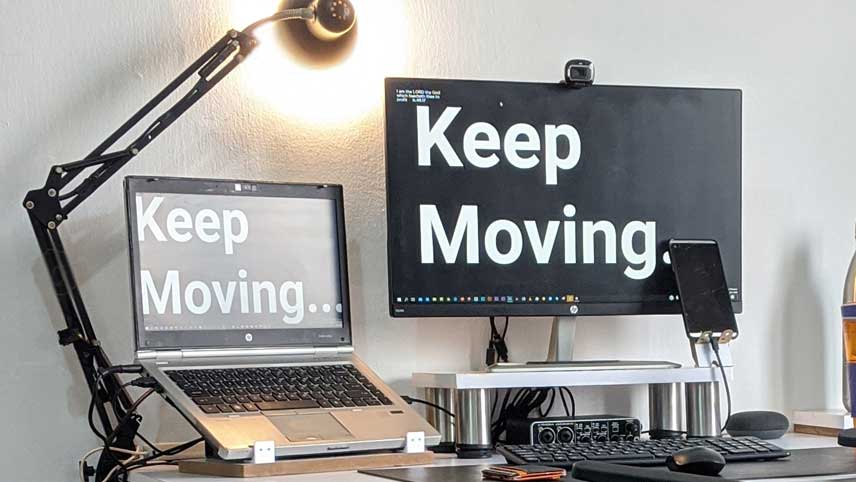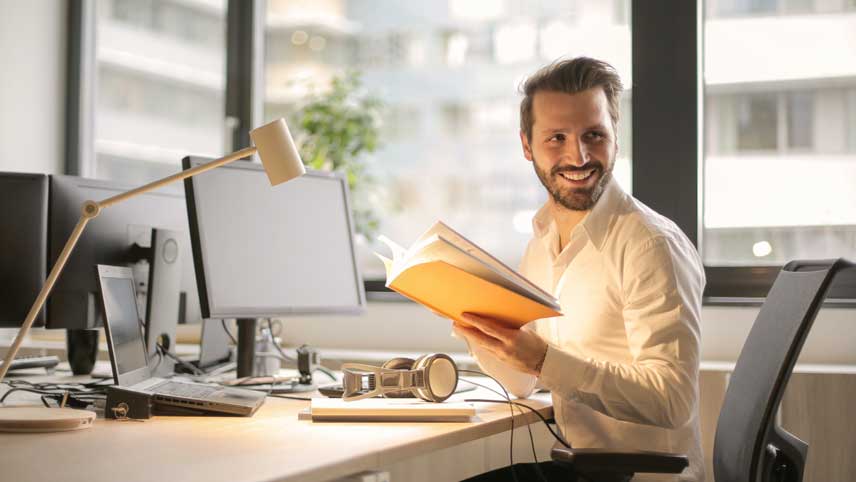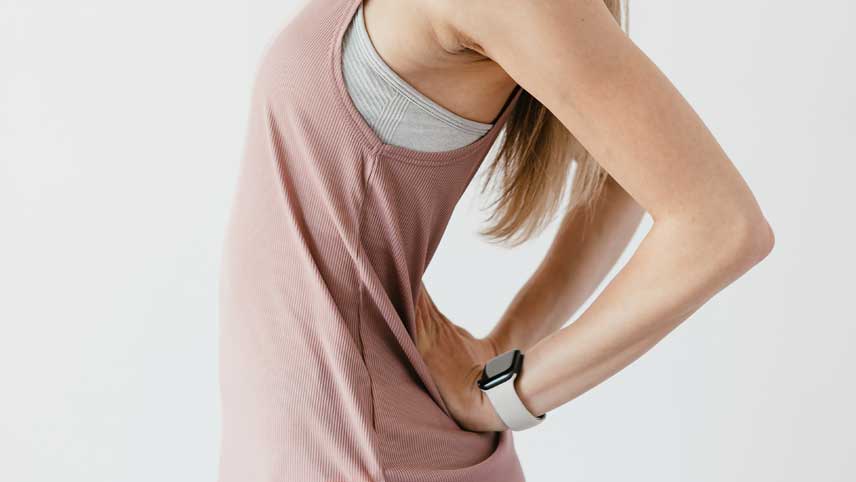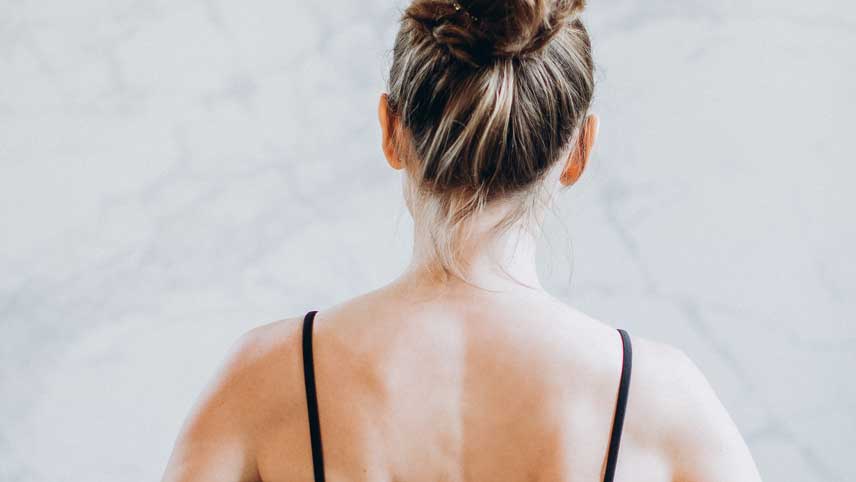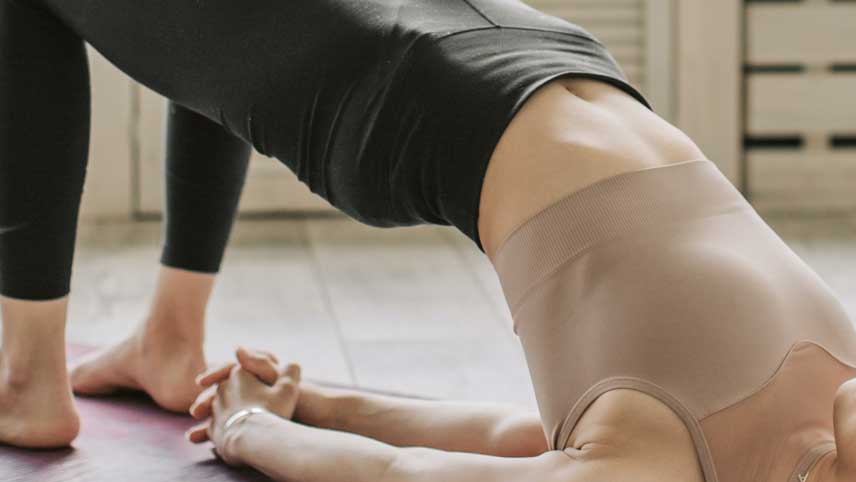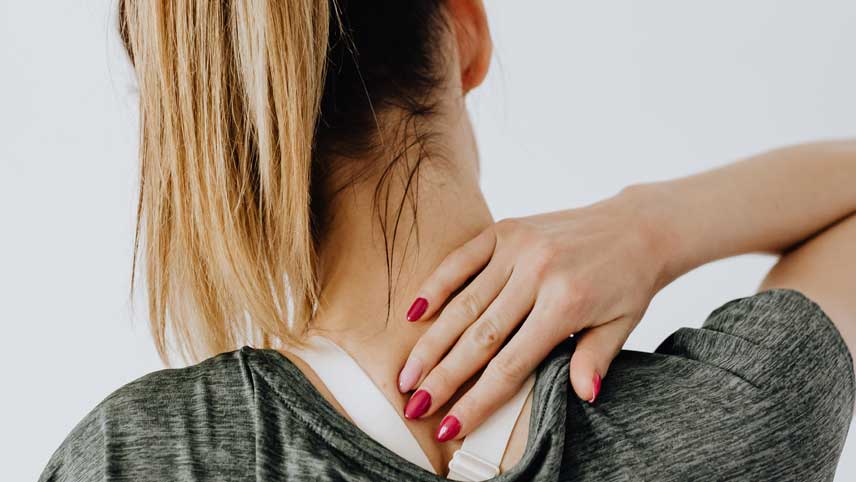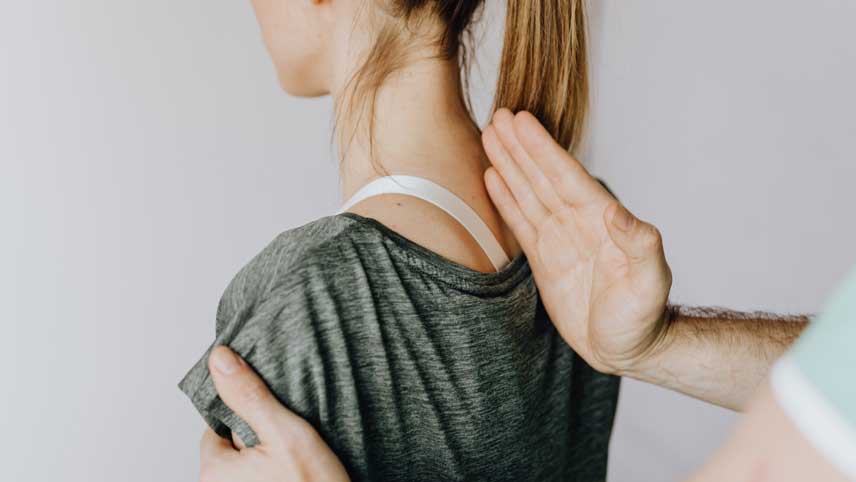Studies
Supposedly NOTHING can cure back pain
“There are no treatments that can cure persistent low back pain, but there are interventions that reduce pain and disability and address the consequences of long-term pain […]. Many patients and physicians find it difficult to accept this point of view, which provides fertile ground for individuals with vested interests to market non-evidence-based treatments that purport to cure persistent low back pain. Part of the challenge in treating persistent low back pain is steering patients away from the multitude of centers and therapists who make false promises.”
“No treatments can cure persistent low back pain, but interventions are available that reduce pain and disability, and address the consequences of long-term pain […]. Many patients and clinicians find this position hard to accept, which provides a fertile ground for people with vested interests to market non-evidence-based treatments that purport to cure persistent low back pain. Part of the challenge of managing persistent low back pain is to guide patients away from the wide array of centers and therapists making false promises.”
Maher, Chris, Martin Underwood, and Rachelle Buchbinder. “Non-specific low back pain.” The Lancet 389.10070 (2017): 736-747
Science: SITTING Supposedly MAKES NO BACK PAIN
Why doesn’t science know what everyone knows?
In this study summary, it comes out that comparing sitting and standing jobs makes no difference in terms of back pain.
Roffey, Darren M., et al. “Causal assessment of occupational sitting and low back pain: results of a systematic review.” The Spine Journal 10.3 (2010): 252-261.
Nevertheless, sitting is responsible for the pain. The study does not take into account that all of the individuals studied had been sitting in school for years, which is where they acquired their muscle shortening. Sitting in chairs has been common in our society for about 200 years, and our modern medicine is 150 years old. Thus, all the normal values of our western medicine have not taken into account the sitting disease. The existing studies lack a comparison group of people who have not served time in school. A comparison with primitive peoples has never taken place in this respect. So there is a fundamental lack of scientific study of the difference between people who have done time and people who have never or hardly ever done time.
IS STANDING HEALTHY?
“72% of all pain-free people get back pain after 2 hours of standing”.
Marshall, Paul W.M., Haylesh Patel, and Jack P. Callaghan. 2011. “Gluteus Medius Strength, Endurance, and Co-Activation in the Development of Low Back Pain during Prolonged Standing.” Human Movement Science 30 (1): 63-73. https://doi.org/10.1016/J.HUMOV.2010.08.017.
This can also be explained logically. The muscle shortening caused by sitting, especially of the hip flexor muscle (psoas muscle), is hardly noticeable when sitting. However, when standing, this muscle shortening causes the intervertebral discs to be crushed. After 2 hours of standing at the latest, the intervertebral discs send an alarm signal.
PRESSURE ON THE PSOAS MUSCLE REDUCES STIFFNESS
In this study, although pressure was not applied directly to the insertion of the hip flexor muscle, it was applied to the muscle itself. This has improved the stiffness of the muscle. The extension positions of the vertebrae have not changed. Although the study does not explain this, the reason is that the other muscles were left untreated.
Otsudo T, Mimura K, Akasaka K. Immediate effect of application of the pressure technique to the psoas major on lumbar lordosis. J Phys Ther Sci. 2018 Oct;30(10):1323-1328. doi: 10.1589/jpts.30.1323. Epub 2018 Oct 12. PMID: 30349172; PMCID: PMC6181670.
STANDING UP IS BETTER THAN SITTING DOWN
In this meta-analysis, sitting versus standing occupations are compared. No differences are shown. The reason, which is not stated in the study: all participants have been in school for years. But what the study does show: Standing up is better than sitting down.
Otsudo T, Mimura K, Akasaka K. Immediate effect of application of the pressure technique to the psoas major on lumbar lordosis. J Phys Ther Sci. 2018 Oct;30(10):1323-1328. doi: 10.1589/jpts.30.1323. Epub 2018 Oct 12. PMID: 30349172; PMCID: PMC6181670.

